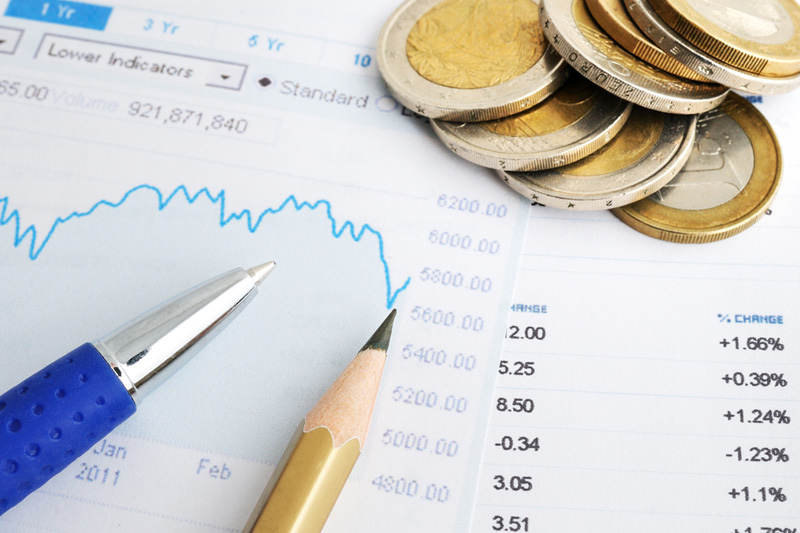The U.S. Federal Reserve has decided to maintain the current interest rate, following the conclusion of its latest policy meeting on Wednesday, September 20, 2023. The decision aligns with market forecasts predicting a pause in the Fed’s rate hikes. This marks only the second time since March 2022 that the central bank has chosen not to increase interest rates, with the last instance occurring in June.
The Federal Open Market Committee (FOMC) held its interest rates steady in a range of 5.25% to 5.5%, a 22-year high, after the end of its two-day meeting. The majority of economists polled by Bloomberg had expected this outcome, despite recent concerns over a potential hike due to a spike in oil prices.
Between March 2022 and May 2023, the Fed raised rates at ten successive meetings by anywhere from a quarter to three quarters of a point, in an effort to combat the worst inflation rise since the early 1980s. After pausing in June, it resumed hiking again at the July meeting.
The decision to hold rates steady comes amid mixed economic data. While signs point towards slowing inflation alongside continued economic growth, recent increases in headline prices and persistent price increase pressures have been noted. Additionally, job market indicators suggest a moderation in hiring pace and an increase in Americans seeking work.
“The committee seeks to achieve maximum employment and inflation at the rate of 2% over the longer run,” said the FOMC in a statement. It added that tighter credit conditions for households and businesses are likely to impact economic activity, hiring, and inflation, although the extent of these effects remains uncertain.
The Fed’s decision comes during a week filled with key central bank meetings around the world, including Sweden, Switzerland, Norway, Britain, and Japan. Most central banks are raising rates to fight inflation, which surged after the pandemic disrupted global supply chains, leading to shortages and higher prices. Inflation further worsened after Russia’s invasion of Ukraine in February 2022, which resulted in a spike in oil and other commodity prices.
Last week, the European Central Bank raised its benchmark rate for the tenth time to 4%, the highest level since the euro was introduced in 1999. However, it indicated that this could be its last increase.
This article was generated with the support of AI and reviewed by an editor. For more information see our T&C.
Read the full article here




